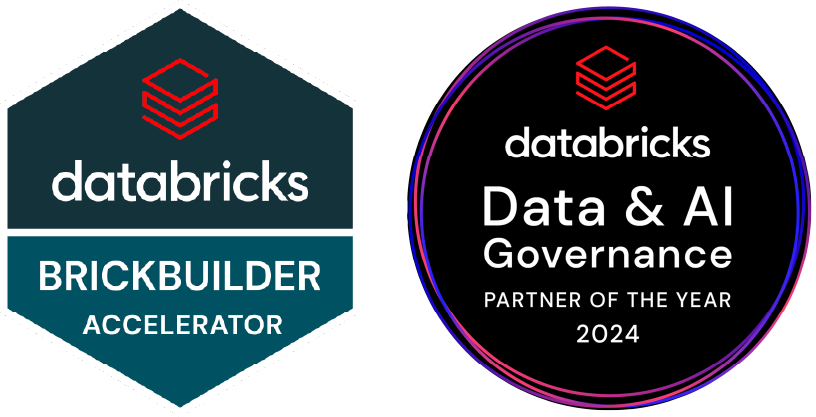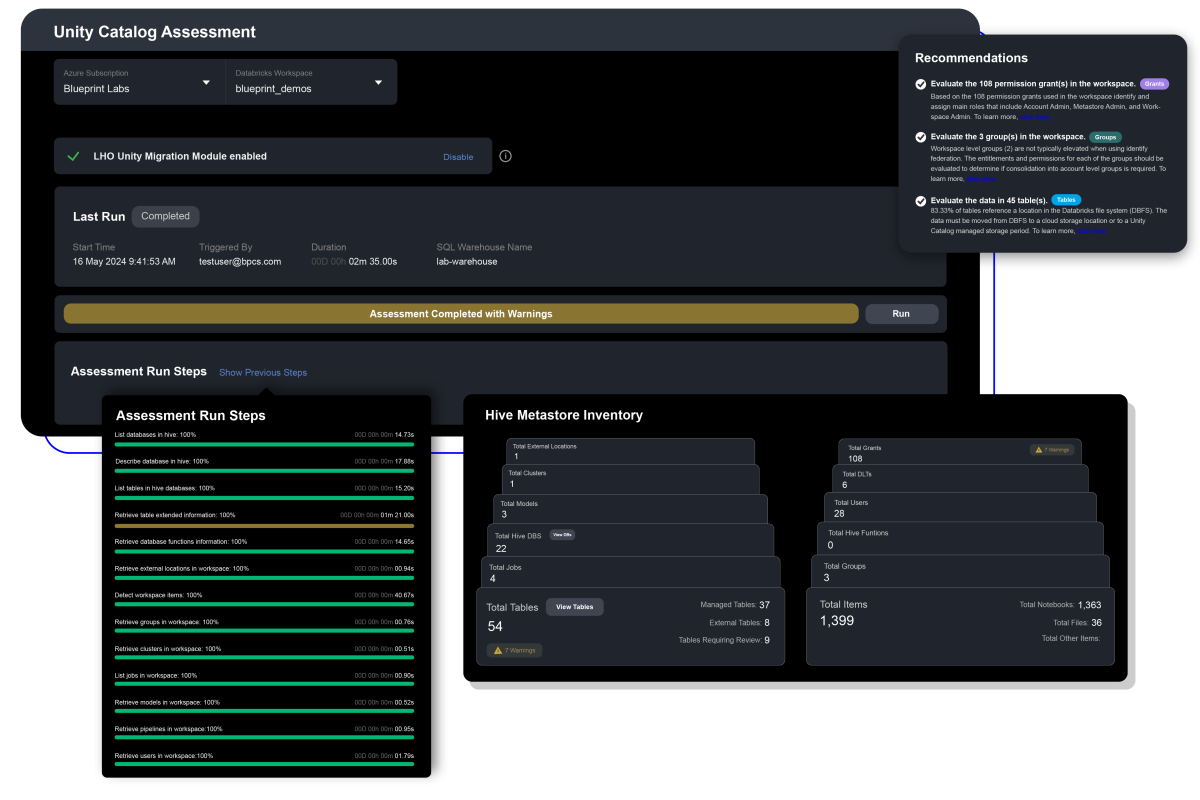Successful UC Migrations every time.
Why are we so successful?
Unity Catalog migration assessment
The Unity Catalog Migration Assessment, a feature of the Lakehouse Optimizer (LHO), is an analysis tool that automatically rationalizes every Unity Catalog Migration, facilitating a granular and accurate level of effort. It evaluates the current state of your Databricks environment in terms of readiness and work required to migrate to UC.
Blueprint LHO reduces the risks and challenges with UC migrations by automatically determining which objects are necessary to be migrated and which code needs to be converted. With a single click, the assessment calculates your workspace Hive Metastore inventory and detects all active tables, jobs, runs, notebooks, and libraries within your Hive Metastore footprint. The assessment also generates prescriptive recommendations within databases, tables, notebooks, and other objects to ensure migration success to Unity Catalog.
Benefits
Enhanced understanding
Gain a clear understanding of the workspace's current state and the objects that require attention during migration
Improved planning
Make informed decisions about the migration strategy and resource allocation based on the inventory data
Reduced risk
Identify potential issues and dependencies early on, minimizing the risk of migration failures
Increased efficiency
Streamline the migration process by automating data collection and analysis
The biggest challenges with UC Migrations are:
Determining what actually needs to be migrated (in scope vs. out of scope)
Estimating the level of complexity in a customer’s code
Determining actionable changes needed to ensure migration success

Recommendations
LHO reduces these risks by automatically determining which objects are necessary to be migrated as well as which code needs to be converted.
Recommendations
LHO reduces these risks by automatically determining which objects are necessary to be migrated as well as which code needs to be converted.
Featured articles
Award-winning thought leadership
Unity Catalog – Ask me anything!
A LinkedIn Live session with Blueprint’s Databricks Champion, Shannon Lowder
Whether you’re considering migrating to Unity Catalog, enabled but not optimized, or already leveraging its capabilities, this AMA session with Blueprint’s Databricks Champion Shannon Lowder is your opportunity to gain invaluable insights directly from our expert.
Featured webinars
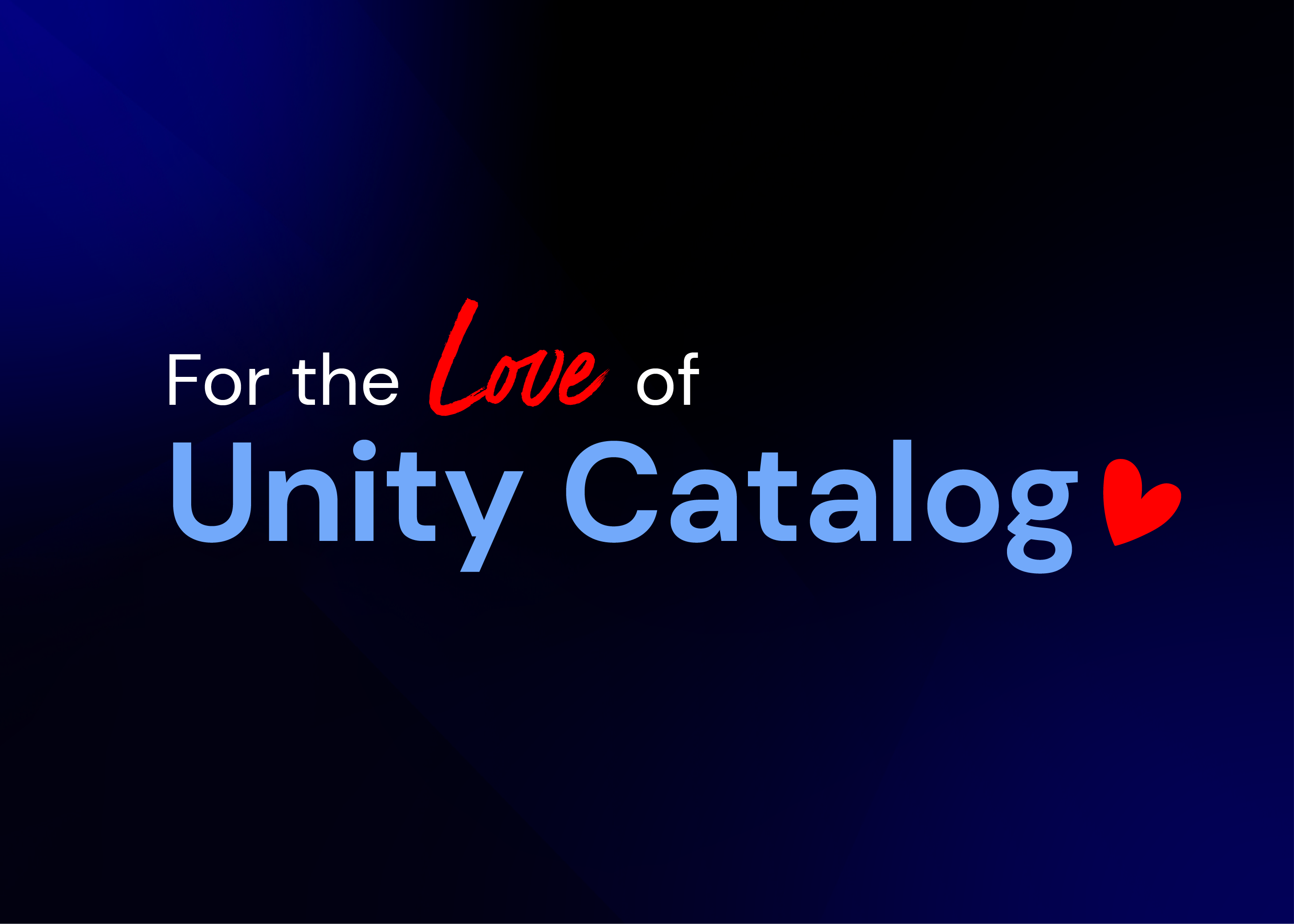

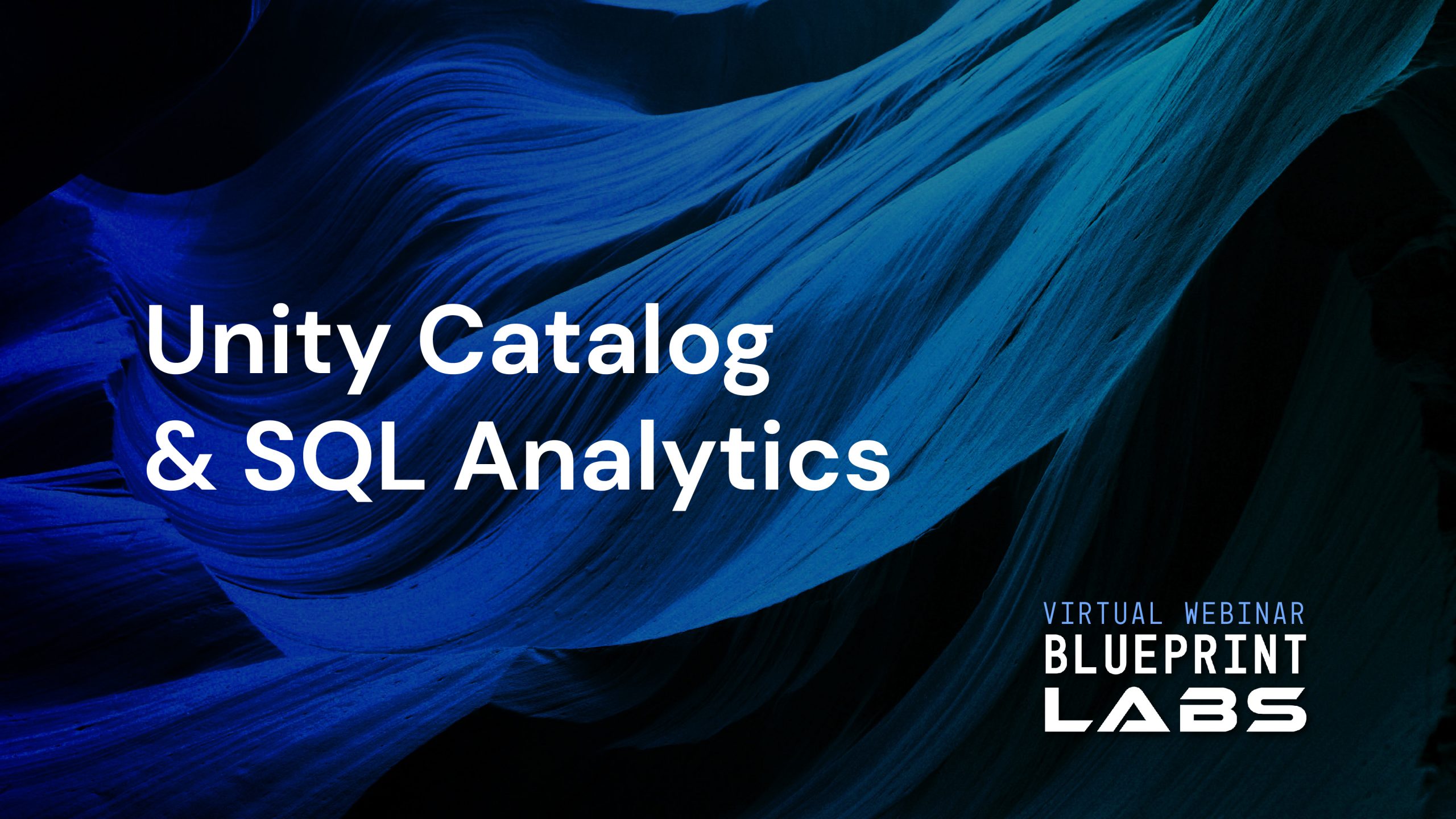
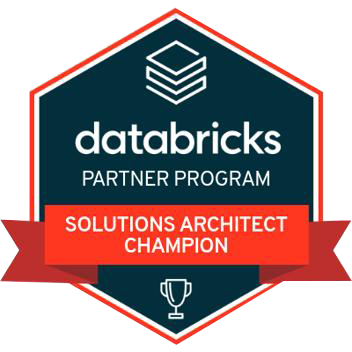
Databricks champions
Industry-recognized subject matter expertise

Shannon Lowder
Solutions Architect
Blueprint

Kristian Foster
Solutions Architect
Blueprint

Nick Carpender
Solutions Architect
Blueprint
There are 4 key areas of a workspace that are critical to understand for us to properly scope
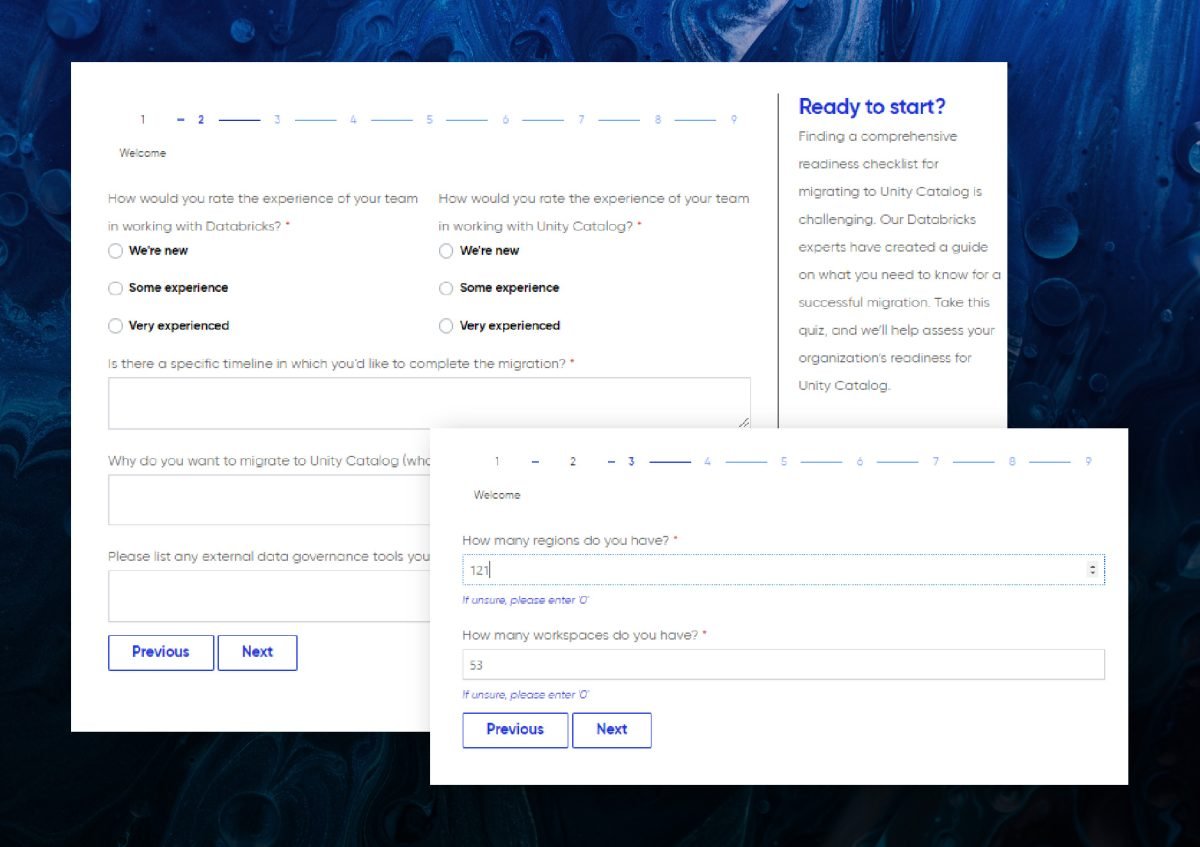
Frequently asked questions
We start with a comprehensive assessment of your current environment. While Hive Metastore (HMS) permissions differ slightly from Unity Catalog (UC), our team can help you map your existing permissions to UC. It’s important to note that the security models differ: HMS operates on a default-allow basis, whereas UC uses a default-deny approach. Despite these differences, we ensure that your access controls remain intact in the new data environment.
No.
We take an iterative approach based on your specific workloads.
No.
Some migrations can be performed with configurations alone. However, reviewing workloads during migration is recommended to minimize technical debt.
Migrations can be disruptive, but our goal is to minimize this by identifying units of work to migrate. We test, validate, and then migrate data and code following your current CI/CD practices.
A static assessment gives you a one-time snapshot of the inventory of your workspace. An active assessment gives you an inventory update whenever you want along with an assessment of the active use of assets and objects within the workspace.

